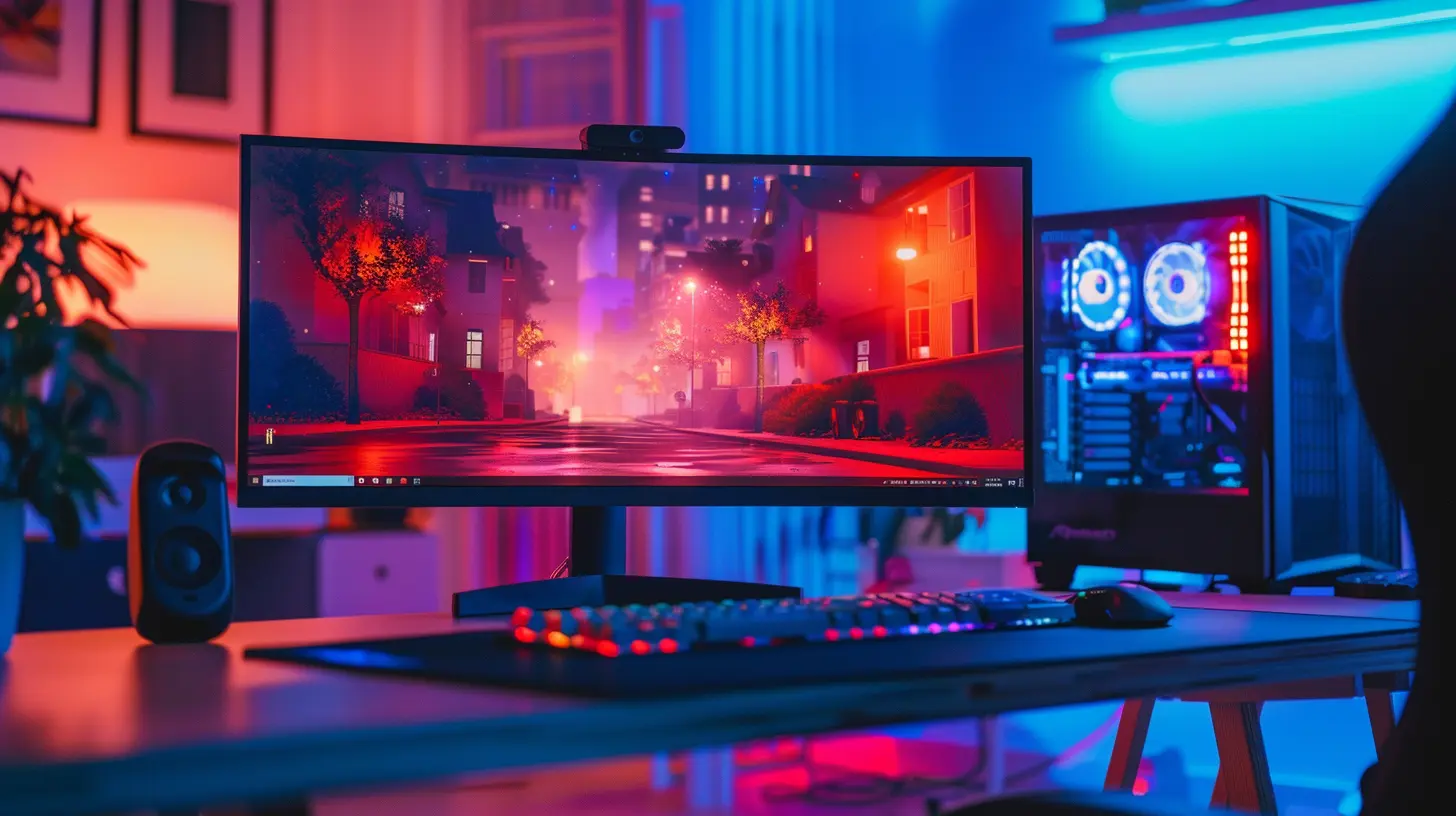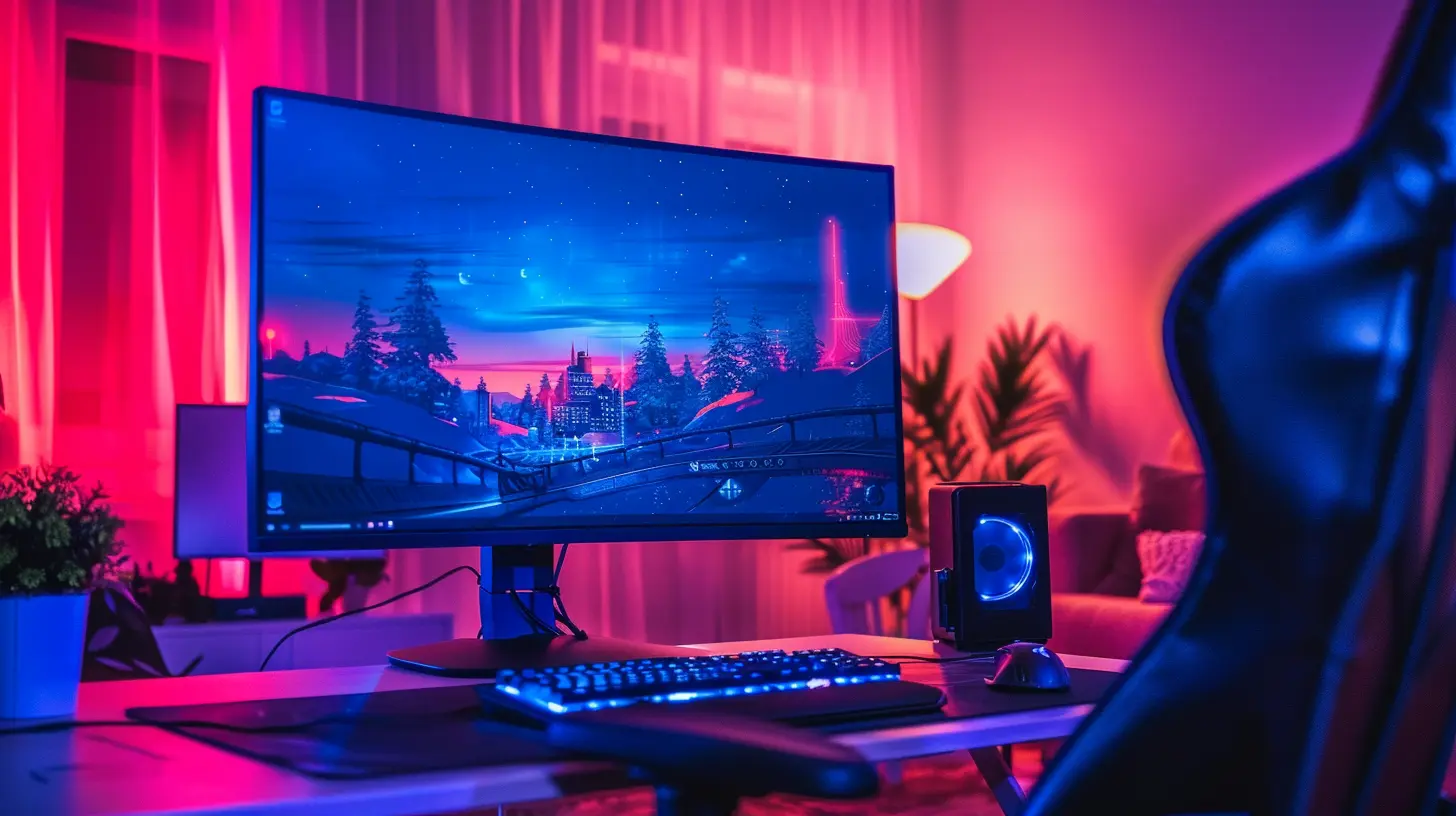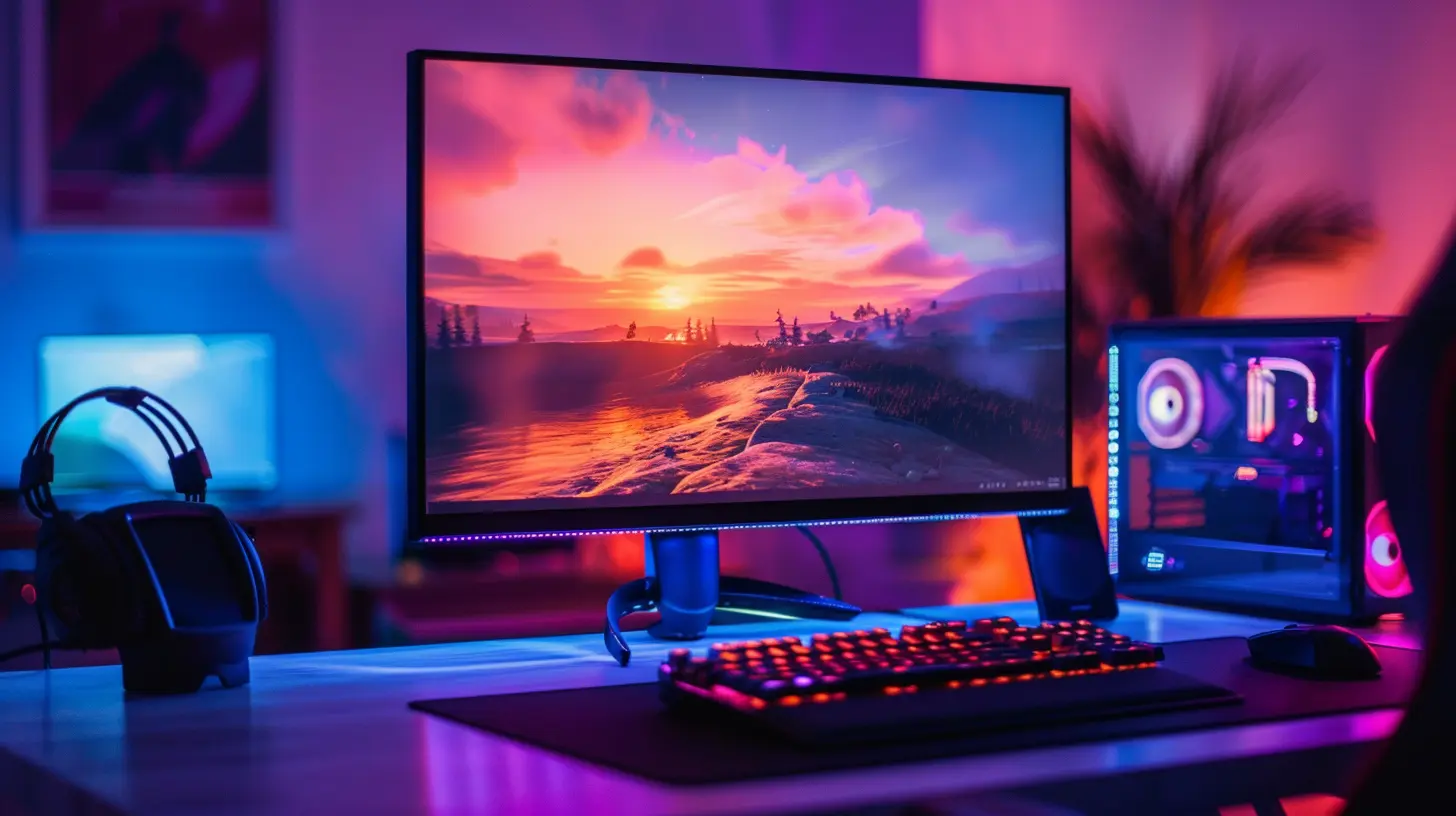Can Ultrawide Monitors Enhance Your FPS Gaming?
12 November 2025
In today’s gaming world, every second, every pixel, and every split decision can be the difference between victory and defeat. If you’re a fan of first-person shooters (FPS), you already know how vital your gear is. But here’s a question that’s been bouncing around gaming forums like a frag grenade in a tight hallway: Can ultrawide monitors enhance your FPS gaming?
Let’s be real. We've all been there — trying to get a better angle on an enemy, wishing we could just see a bit more of the battlefield. Ultrawide monitors might just be the golden ticket to unlocking that next-level immersion and competitive edge. But are they all hype, or the real deal?
Grab a cold drink, sit back, and let’s dive into whether rocking an ultrawide screen can turn your FPS experience from average to absolutely epic.
What Exactly Is an Ultrawide Monitor?
Before we get ahead of ourselves, let’s break it down real quick.A standard monitor typically comes in a 16:9 aspect ratio. That’s your go-to setup — widescreen, decent for most tasks, definitely solid for gaming.
An ultrawide monitor, on the other hand, usually sports a 21:9 or even 32:9 aspect ratio. This gives you tons more horizontal space. Imagine using your peripheral vision in real life — that's what an ultrawide does for your virtual world.
In FPS games, more visual real estate can mean spotting enemies sooner, gaining positional awareness, and feeling like you’re in the game, not just looking at it.
The Immersive Factor: Feeling Like You're Actually There
Now let's talk immersion. You know that moment when a game just sucks you in? Your room fades away and suddenly you're sprinting through a warzone in Call of Duty or sneaking through corridors in Rainbow Six Siege.Ultrawide monitors amplify that immersion like adding a subwoofer to your sound system. It doesn't just look wider — it feels bigger. You’re not watching the action; you’re in it.
That curved wraparound screen pulls everything into the edges of your vision. It mimics how your eyes naturally see the world. Think of it as putting on a VR headset but without strapping anything to your face.
Gameplay Advantage or Just Eye Candy?
Okay, let's cut to the chase — does an ultrawide actually give you an edge in FPS games?✅ Increased Field of View (FOV)
Let’s start with a major plus: a wider field of view. In many FPS titles, adjusting your FOV allows you to see more of your surroundings — enemies sneaking up from the side, loot lying just out of reach, or that crucial flanking path.With an ultrawide display, your screen physically shows more of the game world. Think panoramic vision. While your enemies using standard monitors are looking through a window, you’re staring out of a glass wall.
⚠️ A Word of Caution: Not All Games Support Ultrawide
Before you slam your wallet down, consider this — not every FPS game supports ultrawide resolutions natively. While most AAA titles do (think Warzone, Apex Legends, Valorant), some older or competitive games might crop the screen or stretch the image. That’s just ugly.So, check your game’s support beforehand. Trust me, nothing’s worse than investing in a sweet piece of tech that your favorite game turns into a hot mess.
Performance: Is Bigger Always Better?
You might be thinking, “Well, more screen means more pixels, right?” Yep — and that comes with higher demands on your GPU.Take a standard 1080p display. Now imagine stretching that across an ultrawide landscape. We’re talking more work for your PC — it needs to render a heck of a lot more pixels.
If your rig's packing some horsepower, you’re golden. But if you're still rocking a mid-tier card from four years ago, you might see a dip in FPS (frames per second, not first-person shooter).
It’s a trade-off: immersive experience vs. possible performance hit. But hey — tweak some settings, prioritize frame rate over fancy shadows, and you’ll be just fine.
Competitive Scene: What Are the Pros Using?
Let’s talk about the sweaty world of competitive FPS. Pro players usually care about two things: clarity and speed.Most eSports pros still use 24–27 inch 1080p monitors, often with 240Hz refresh rates. Why? It reduces latency, increases frame rates, and keeps everything super responsive.
So, is ultrawide gaming banned in esports? Not exactly. It’s just not preferred in high-stakes, twitch-reaction environments. But if you’re not aiming for the big leagues, an ultrawide might be the perfect sweet spot between fun, immersion, and competitiveness.
The Cool Factor: Let's Be Honest…
Let’s take a minute and talk aesthetics.Gaming setups are half about performance and half about looking like you stepped into a spaceship. An ultrawide monitor just looks badass. It’s a centerpiece. Pair it with RGB lights, a sleek desk, and a solid gaming chair, and you’ve got gaming zen.
And admit it — even if it didn’t give you a single frame more in your KD ratio, the vibe alone might be worth it.
Productivity Bonus: Because We’re All Gamers with Day Jobs (Probably)
Let’s say you game hard — but you also work from home or study. An ultrawide isn't just for gaming. It’s a productivity powerhouse.You can have Discord, YouTube, your browser, and a game launcher all open side-by-side. No alt-tabbing, no minimizing — just pure multitasking bliss.
So even when you’re grinding spreadsheets instead of killstreaks, your ultrawide still earns its keep.
So... Should You Go Ultrawide for FPS Gaming?
Here’s the honest truth — if you’re a casual gamer who wants to enjoy FPS titles with incredible immersion, cinematic visuals, and some serious desktop flair, ultrawide is absolutely worth it.But if you're an ultra-competitive, frame-chasing, tournament-level player? You might want to stick with high refresh rate, low latency standard monitors — at least for now.
It ultimately depends on what you value more:
- 🚀 Immersion and wide visuals?
- 🎯 Lightning-fast response time and focused visuals?
Answer that, and you’ll know what’s right for you.
Tips for FPS Gaming on Ultrawide Monitors
Thinking of making the leap? Here are some pro tips to make it work smoothly:1. Check Game Compatibility – Use websites like WidescreenGamingForum to see how your favorite titles perform.
2. Tweak FOV Settings – Maximize your screen real estate without distorting the image.
3. Upgrade Your GPU If Needed – A newer graphics card can handle the extra pixels better.
4. Use Custom Resolutions Wisely – If a game looks weird, try tweaking the resolution manually.
5. Adjust HUD Settings – Sometimes HUD elements get pushed to the edges. Bring them closer if possible.
Final Thoughts: It’s About the Experience
Gaming isn’t just about winning. It’s about feeling something — the rush of a perfect shot, the tension of a close fight, the beauty of a well-designed map. An ultrawide monitor takes those feelings and cranks them up to eleven.Is it necessary? No. Is it mind-blowingly cool and immersive? Oh yeah.
So, if you’ve got the budget, the desire, and a love for FPS titles that goes beyond leaderboards — an ultrawide monitor might just be your next big game-changer.
Frequently Asked Questions (FAQs)
🎮 Do ultrawide monitors work with all FPS games?
Most modern FPS games support ultrawide resolutions, but some older or ultra-competitive titles may not. Always check compatibility before buying.🖥️ Are ultrawide monitors good for fast-paced shooters?
Yes, especially if the monitor has a high refresh rate like 144Hz or 240Hz. Just make sure your GPU can handle it.⚔️ Do pro FPS players use ultrawide monitors?
Rarely. Competitors often prefer standard monitors for higher frame rates and less input lag.🧠 Can ultrawide monitors help with awareness in-game?
Definitely. The increased FOV can help spot enemies or items that others on a standard screen might miss.💰 Are ultrawide monitors worth the cost?
If you value immersion, aesthetics, and multitasking, absolutely. For pure competitive edge? Maybe not.all images in this post were generated using AI tools
Category:
Gaming MonitorsAuthor:

Avril McDowney

